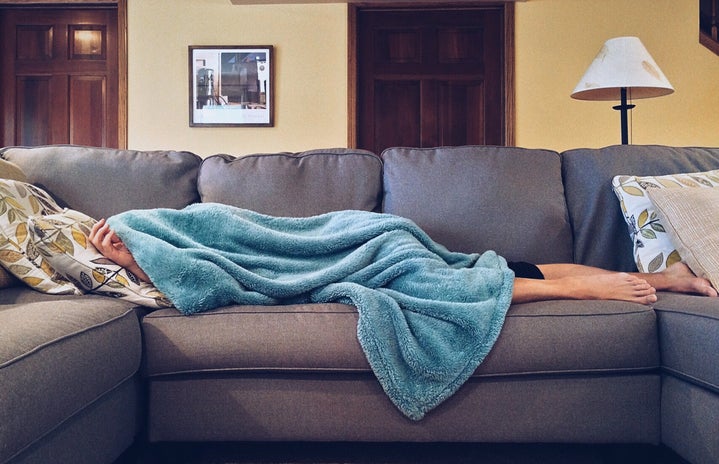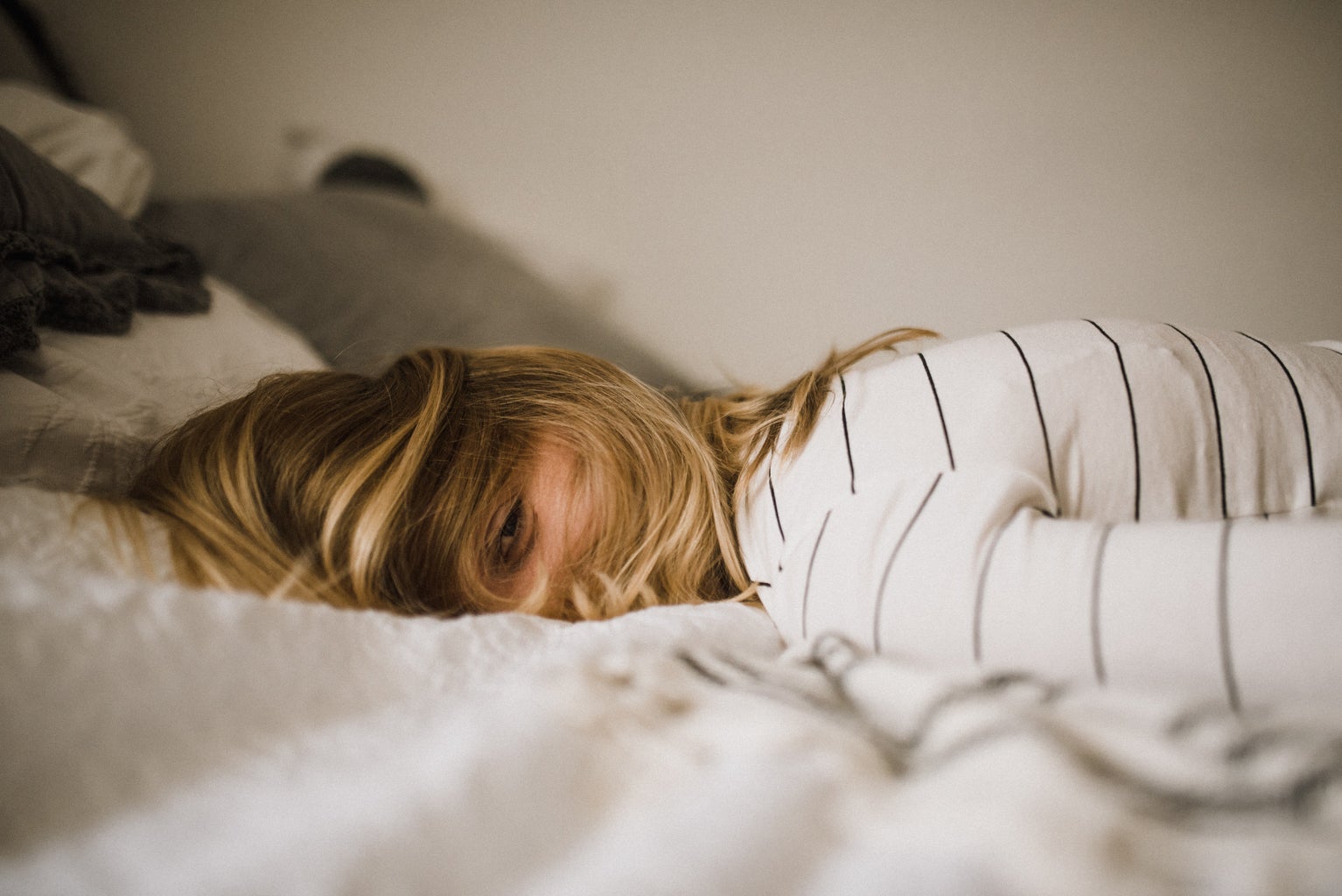I’ll be honest: my sleep schedule is an utter travesty. Maybe it’s a combination of the fact that all my current classes are fully online and the fact that I work a good portion of the week at a job that starts fairly late in the day, or maybe it’s just because I have no self-control and will stay up until 3 a.m. for fun. Regardless, it’s messed up.
For the past few weeks, I’ve tried a couple of various ways to fix my sleeping schedule, and the results have been interesting, to say the least.
The first option I went with was the tried and true method of pulling an all-nighter and staying up for the entire next day in order to go to sleep as early as possible. As you may have already guessed, this didn’t help remedy my sleeping schedule all that much. Sure, it did allow me to go to sleep at 8 p.m. sharp, but it was more of a bandaid solution than anything else. It also made the entire day after the all-nighter pass in a daze; I can’t remember much of it beyond the fact that I was miserable, tired and got nothing done during classes.
After the absolute failure of the all-nighter route, I tried using melatonin to help me go to sleep earlier. The way Melatonin works is that you’re supposed to take one of the small pills a few hours before you expect to rest, as it takes a good amount of time to become effective. The melatonin worked significantly better than not sleeping did, but despite that, it’s not something that can be used all the time. Melatonin, like many similar products, becomes less effective if they’re used every single night as a sleep aid. I didn’t want it to become a long-lasting solution, so after a few nights of using it, I went a different route.
The final solution, which seems to be working the best so far, is pure brute force.
Here is my newly discovered brute force method: First, in order to begin the process, you need to force yourself to go to bed roughly an hour before you normally would. If you cannot fall asleep, just laying down under your sheets and shutting your eyes is enough. The trick is to not give up after 20 minutes and go on your phone because, if you’re like me, you’ll inevitably begin going through each social media feed you have and stay up to a terribly late hour yet again.
The second step is to set your alarms just a bit earlier than you normally would. It’s always harder to wake up than it is to go to sleep, so if you jump the gun and try to wake up at 7 a.m. and start your new morning person lifestyle, you’re going to be sorely disappointed and discouraged. I set my alarms around 20-30 minutes before I normally woke up and was able to manage it without too much strain.
Because of how gradual it is, I’ve been able to slowly shift towards going to bed earlier and waking up at a more appropriate time without it feeling like a waking nightmare. Staying up until 3 a.m., or even 4 a.m., was a common occurrence for me a while ago, but now I tend to go to sleep around 1 a.m. or 2 a.m. at the latest! It’s still super late and definitely not an ideal sleep schedule, but it’s far better than it was before and is still improving!
So, sadly, like all lifestyle changes, it seems that shifting your sleeping schedule isn’t a one-and-done situation and is actually a long process that takes more than a few nights to accomplish. It’s unfortunate, I know, but a more gradual approach to lifestyle changes tends to result in a more permanent change.



